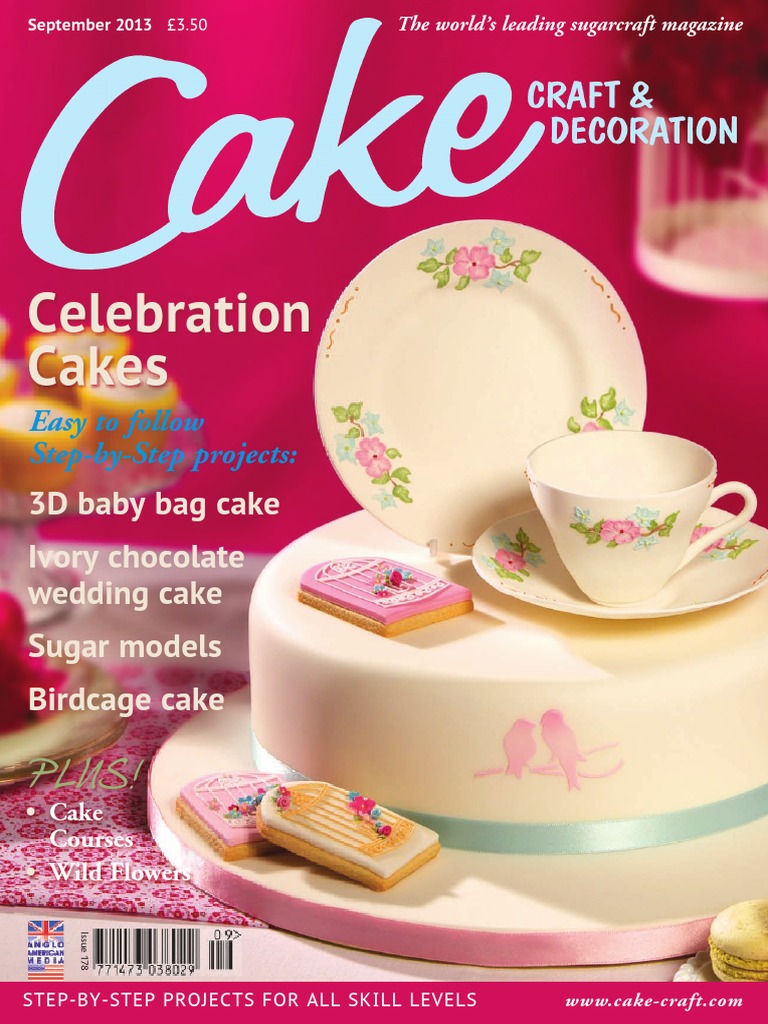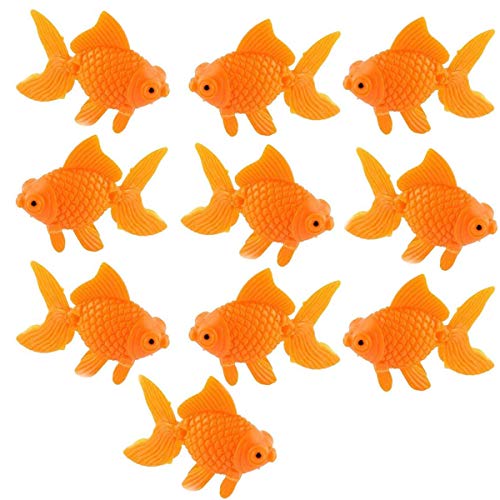Decorated Pakistani Trucks: Unveiling Cultural Artistry

The vibrant and colorful trucks of Pakistan are not just a mode of transportation but are celebrated icons of art and cultural expression. These vehicles, often referred to as jingle trucks, are adorned with intricate designs, illustrations, and personal touches that tell stories of the country's rich heritage and the drivers' personal lives. In this blog post, we delve into the world of decorated Pakistani trucks, exploring their cultural significance, the artists behind the art, and how these rolling canvases continue to captivate both locals and tourists alike.
The Origins of Decorated Trucks

The tradition of decorating trucks in Pakistan can be traced back to the partition of India in 1947. With the creation of Pakistan, there was a significant need for transport vehicles, leading to the importation of trucks from various countries. The decoration began as a means to make these utilitarian vehicles feel more at home in their new environment:
- Personal Identity: Drivers added personal touches to their trucks to distinguish them from others and to express their personality or social status.
- Protection: Decorative elements like mirrors, tassels, and amulets were believed to ward off evil spirits and protect the driver from the evil eye.
- Heritage: The use of traditional motifs and symbols helped preserve cultural identity in a rapidly changing society.
The Art of Truck Decoration

Decorating a truck in Pakistan is an art form that involves several skilled artisans:
- Painters: Known as ‘Juggle Painter’, these artists paint vibrant murals, intricate calligraphy, and landscapes on the trucks. Their work often includes:
- Portraits of famous personalities
- Scenes from local legends or folklore
- Religious symbols or verses from the Quran
- Metal Workers: They craft elaborate metalwork for grills, bumpers, and fenders, often mimicking Victorian designs.
- Signboard Makers: These artisans create and affix reflective signs and plastic decorations that catch light during the day and glow at night.
- Upholsterers: They use bright, patterned fabrics for the cabin and curtains, adding color and texture.
The decoration process is labor-intensive, often taking weeks or even months:
| Aspect | Description |
|---|---|
| Painting | Freehand designs, often with no sketches, directly onto the truck's metal or wood body. |
| Metalwork | Elaborate patterns are cut, welded, and painted to adorn the truck's exterior. |
| Decorative Items | Decorative plastic sheets, sequins, mirrors, and other small trinkets are meticulously arranged. |
| Finishing Touches | Tassels, streamers, amulets, and stickers are added, each with its own symbolic meaning. |

💡 Note: The personalization of trucks goes beyond decoration; it's an extension of the owner's personality, aspirations, and beliefs.
The Cultural Significance

These mobile art pieces are not merely about aesthetics; they play a crucial role in:
- Cultural Preservation: They keep traditional art forms alive, passed down through generations.
- Social Commentary: Decorations often reflect societal changes, political events, or pop culture trends.
- Storytelling: Each truck is a narrative, telling tales of the driver’s journeys, dreams, and life stories.
These trucks are moving billboards for Pakistani culture, seen on highways, at truck stops, and in bustling city centers, showcasing the diversity and vibrancy of the region.
Modern Influence and Challenges

While the tradition persists, contemporary changes have influenced the art of truck decoration:
- Technology: With modern trucks and improved manufacturing techniques, there’s less need for extensive customization, impacting traditional artists.
- Commercialization: Companies and brands are now using these trucks as mobile advertisements, blending traditional art with corporate branding.
- Maintenance: The time-consuming and costly nature of maintaining these designs means some drivers opt for simpler aesthetics.
Despite these challenges, there's a growing appreciation for this art form:
- Artists are gaining international recognition for their work.
- Museums and art exhibitions worldwide feature Pakistani truck art.
The essence of truck decoration lies not just in the visual appeal but in the stories and the identity it represents. Each truck is a testament to the beauty, creativity, and resilience of Pakistani culture, serving as a bridge between the past and the future, rural traditions and urban modernities.
As the sun sets over the bustling streets of Pakistan, these trucks stand out with their colorful allure, glowing lights, and jingling bells, a testament to the enduring spirit of a nation deeply rooted in art and culture. They continue to serve not only as vehicles of transport but as vehicles of cultural expression, capturing the hearts and imaginations of all who encounter them.
Why do Pakistani trucks have such vibrant decorations?

+
Pakistani trucks are decorated to express the drivers’ personality, to protect the vehicle from evil spirits, and to represent cultural identity.
How long does it take to fully decorate a truck?

+
Decorating a truck can take anywhere from a few weeks to several months, depending on the complexity of the design and the skill level of the artisans involved.
Are there competitions for truck decoration in Pakistan?

+
Yes, there are informal and formal competitions where truck owners and drivers showcase their adorned vehicles, with awards given for the most creative or best-designed truck.



